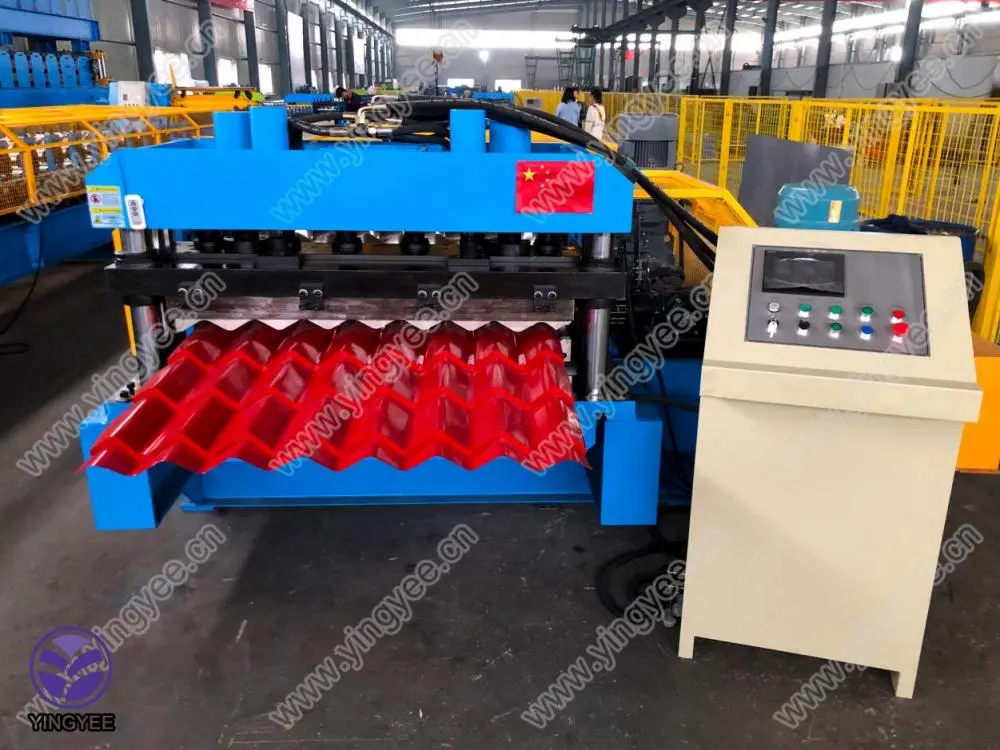
Adjusting Size in PLC-Controlled C and Z Purlin Machines
The manufacturing of metal structures demands precision and efficiency, especially when it comes to the production of C and Z purlins. These components are crucial for supporting roofing and flooring systems in industrial buildings, warehouses, and other constructions. The advent of programmable logic controllers (PLCs) has transformed the way such machines operate, allowing for significant adjustments in size and shape while maintaining high levels of accuracy.
Understanding C and Z Purlins
C and Z purlins are used widely in the construction industry for their structural versatility and strength. C purlins are characterized by their C shape, making them suitable for supporting roofs and walls. Z purlins, shaped like the letter Z, are often used in similar applications but provide different load distribution characteristics. The choice between the two often comes down to specific structural requirements and design preferences.
The Role of PLC in Purlin Production
PLC technology has revolutionized manufacturing processes, including purlin production. A PLC is a digital computer used for automation of electromechanical processes. In the context of purlin machines, PLCs process the input data, manage the machine's operations, and ensure that the desired specifications are met.
When a size adjustment is required for the production of C or Z purlins, the PLC can swiftly recalibrate machine settings. This includes altering dimensions such as width, height, and thickness of the purlins. Traditional methods of size adjustment often involved manual recalibration and can be time-consuming and prone to human error. With PLCs, these adjustments can be made with a few clicks, ensuring that the machines operate within the desired parameters efficiently.
Benefits of PLC Size Adjustment
1. Precision and Accuracy PLC-controlled machines significantly reduce the likelihood of errors in sizing. By automating the adjustment process, manufacturers can achieve high levels of precision, ensuring that each purlin produced meets exact specifications.

2. Increased Efficiency The ability to quickly adjust sizes means that production lines can operate without significant downtime. This is particularly beneficial in high-demand scenarios where faster lead times are crucial.
3. Flexibility Manufacturing demands can change rapidly. PLC systems allow for easy reconfiguration to produce different sizes and shapes of purlins without extensive mechanical changes. This flexibility can enhance a manufacturer's ability to respond to market demands.
4. Data Logging and Monitoring PLCs can collect data throughout the manufacturing process. By monitoring production metrics, manufacturers can identify trends and areas for improvement, further optimizing production processes.
5. Reduced Labor Costs Automating the size adjustment process reduces the need for manual labor, allowing personnel to focus on other tasks. This can lead to overall labor cost savings and a more productive work environment.
Challenges in Implementing PLC-Based Adjustment
While the integration of PLC technology is beneficial, it is not without challenges. Initial setup costs can be high, and there may be a learning curve associated with operating sophisticated PLC systems. Additionally, regular maintenance is essential to ensure the systems function correctly.
Furthermore, there can be a risk of reliance on technology, where operators may overlook the need for manual checks. It is essential for personnel to remain trained and vigilant, ensuring that the PLC settings align with production requirements.
Conclusion
As the construction industry continues to evolve, the demand for efficient and precise manufacturing processes like those utilized in producing C and Z purlins will only increase. The ability to adjust size seamlessly through PLC-controlled machinery offers significant advantages in terms of accuracy, efficiency, and flexibility. Manufacturers who invest in this technology will likely find themselves at a competitive advantage in an ever-changing market. With PLCs, the future of purlin production looks promising, combining innovation with the demands of modern construction.